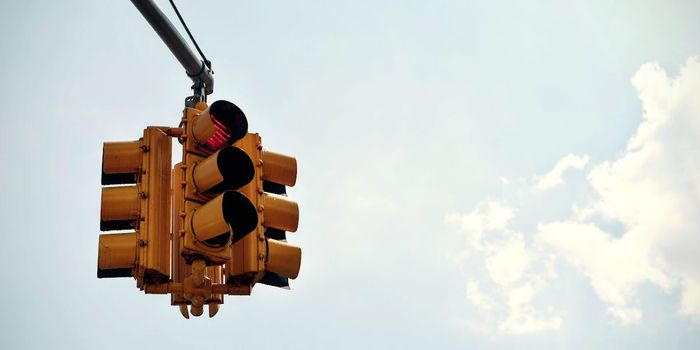Measuring Blood Oxygen with a Smartphone Camera
Blood oxygen saturation is important to normal healthy functions in the, particularly for lung functions. Blood oxygen levels received renewed attention as an essential vital sign during the COVID-19 pandemic, because many respiratory illnesses, COVID included, can impact our blood oxygen levels. A blood oxygen saturation level of less than 95% is a sign that our lungs, specifically, are not working as effectively as they could. Because respiratory illnesses put undue pressure on the lungs, being able to monitor blood oxygen levels is important.
Under normal circumstances, technology like pulse oximeters is used to measure blood oxygen levels, with some tools available for at home use. However, these can sometimes be cumbersome and difficult to use for some patients.
A team of researchers at the University of Washington have developed a new approach to measuring blood oxygen levels that can be done easily at home. All it takes is the camera and flash feature of a smartphone. Their work is described in a recent article published in npj Digital Medicine.
This new approach to measuring blood oxygen levels uses two distinct features: the smartphone camera and a deep learning algorithm to process the results. A user would hold the camera up to their finger and press it on the lens. Then, the flash goes off. The camera is then able to calculate how much light is absorbed by the finger. This information is then fed to the algorithm, which can then make a determination from the light absorption image what a person’s blood oxygen level is.
With any learning algorithm, researchers needed to train the protocol to interpret the data it received. To do that, researchers had volunteers wear a traditional pulse oximeter and take measurements using the new smartphone approach to compare what each device measured. Volunteers also breathed in oxygen and nitrogen for about 15 minutes, causing a blood oxygen level drop to help both tools detect differences in levels. The algorithm was able to detect low blood oxygen levels in roughly 80% of volunteers, a positive sign.
Researchers hope their device could lead to more effective at-home blood pressure monitoring, including for COVID-19 patients.
Sources: Medgadget; npj Digital Medicine
-
MAY 07, 2024Is It Anti-RNP or Anti-Sm/RNP?
- See More
-
APR 30, 2024Immuno-Oncology Virtual Event Series 2024
-
MAY 07, 20243rd International Biosecurity Virtual Symposium
-
JUN 06, 2024The Future of Scientific Conferencing
- See More

















































